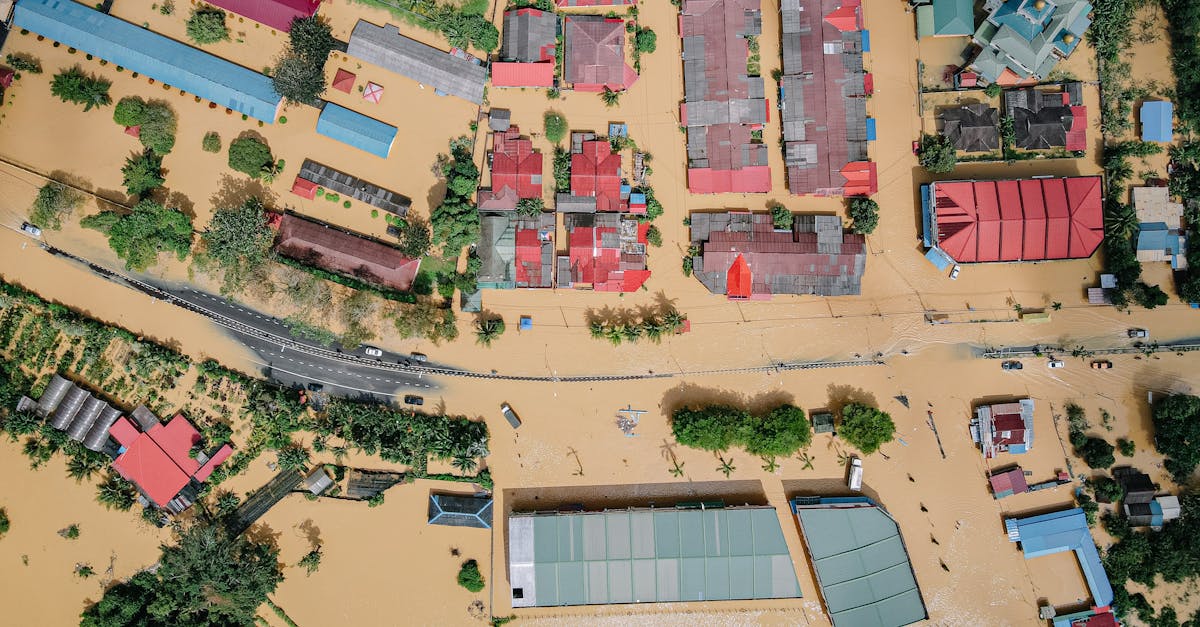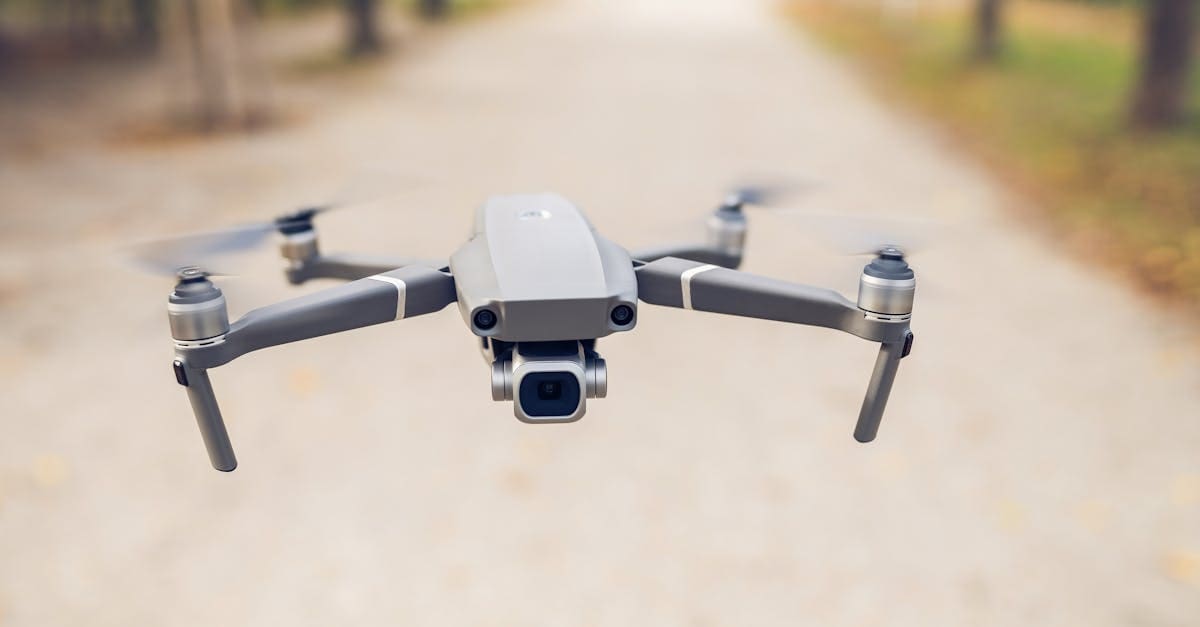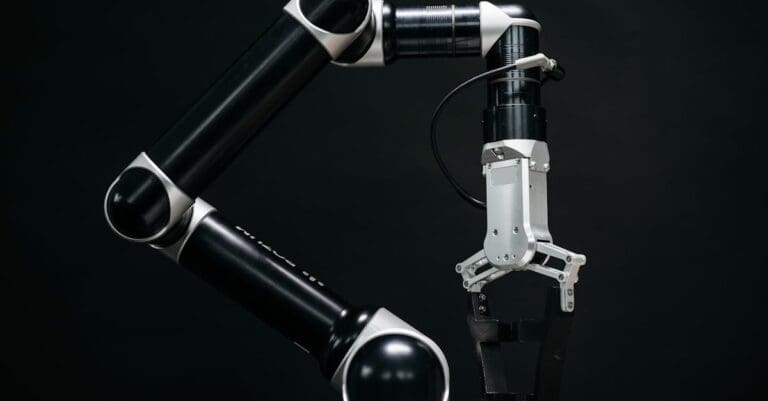How to Master Autonomous Emergency Drones in 5 Days
When disaster strikes, every second matters. I’ve spent years studying how autonomous emergency drones transform rescue operations, and the breakthrough capabilities I’ve witnessed are remarkable. These intelligent machines navigate dangerous zones, deliver medical supplies, and coordinate rescue efforts faster than traditional methods ever could.
My research shows that mastering these systems doesn’t require months of training. Modern emergency drone technology integrates AI disaster management with intuitive controls that emergency responders can learn quickly. The latest autonomous rescue systems use real-time atmospheric data and high-resolution imagery to make split-second decisions in difficult access areas. They provide medical assistance when human responders face safety risks.
I’ll show you exactly how to become proficient with these life-saving tools in just 5 days. My proven approach covers everything from basic robotics principles to advanced simulation techniques that emergency services use worldwide.

In the article
- Day 1: Understanding Emergency Drone Technology Fundamentals
- Day 2: Programming Autonomous Rescue Systems Navigation
- Day 3: Implementing AI Disaster Management Protocols
- Day 4: Advanced Operations and Real-World Applications
- Day 5: Mastering Drone Emergency Services Coordination
Day 1: Understanding Emergency Drone Technology Fundamentals
I started my journey with autonomous emergency drones by learning the basic components. These systems combine traditional flight technology with disaster response AI integration. The hardware includes sensors, cameras, GPS modules, and communication devices.
My first task involved studying how these drones process information. They use multiple sensors to detect heat signatures, movement, and environmental conditions. The AI system analyzes this data and makes decisions without human input.
I discovered that emergency drone technology works through layers of software and hardware. The flight control system manages stability and navigation. Meanwhile, the AI layer handles victim detection and emergency services coordination.

Photo provided by Görkem Cetinkaya on Pexels
Day 2: Programming Autonomous Rescue Systems Navigation
On my second day, I focused on flight path algorithms. These programs tell the drone where to go and how to get there safely. I learned that GPS coordinates provide the basic framework for navigation.
Emergency landing protocols became my next priority. Drones must land safely when battery levels drop or weather conditions worsen. I practiced programming automated emergency landing sequences that consider terrain and obstacles.
Battery management techniques proved crucial for mission success. I studied how drones monitor power consumption and adjust flight patterns to conserve energy. The AeroBridge technology fascinated me most during this phase.
This system allows drones to transfer batteries mid-air without returning to base stations. The Emergency Battery Service uses a special drone that delivers fresh batteries to other drones in the field. I learned about Cross Marker Position accuracy for precise location tracking.

Day 3: Implementing AI Disaster Management Protocols
My third day centered on victim detection sensors and thermal imaging cameras. These tools help drones identify people who need help during emergencies. I configured sensors to recognize human heat signatures and movement patterns.
Programming automated disaster relief response sequences required careful attention to detail. Each drone must follow specific steps when it finds someone in distress. I created alert systems that notify rescue teams immediately.
The communication protocols between drones and control centers needed fine-tuning. I worked on systems that send real-time updates about victim locations and drone status. This information helps emergency response teams coordinate their efforts effectively.

Day 4: Advanced Operations and Real-World Applications
I spent my fourth day deploying drones in simulated emergency scenarios. These practice runs helped me understand how autonomous emergency drones perform under pressure. Live monitoring showed me which systems worked well and which needed improvement.
The simulations included various disaster types like floods, earthquakes, and building collapses. Each scenario presented unique challenges for drone navigation and victim detection. I learned how environmental factors affect drone performance and decision-making.
Weather conditions played a major role in these tests. Wind speeds, rain, and visibility all influenced how well the drones completed their missions. I adjusted flight parameters to handle different atmospheric conditions safely.

Day 5: Mastering Drone Emergency Services Coordination
My final day focused on connecting multiple autonomous emergency drones for team operations. This coordination requires precise timing and communication between all units. Each drone must know where others are located and what tasks they’re completing.
I practiced using Cross Marker Position technology for accurate victim location. This system locks onto targets with 0.9 cm accuracy, even in challenging conditions. The precision helps rescue teams find people quickly and efficiently.
Team operations also involved dividing search areas among multiple drones. I learned how to program flight patterns that avoid collisions while maximizing coverage. The drones share information about searched areas to prevent duplication of effort.
Communication protocols between drones and control centers required constant optimization. I fine-tuned systems that handle data from multiple sources simultaneously. These improvements help intelligent emergency response systems work more effectively during real disasters.
The training covered urban connectivity applications where drones monitor transportation networks and infrastructure. They provide high-resolution imagery and geospatial data that help city planners make better decisions about emergency response routes.
I also studied how these systems inspect aging infrastructure safely and efficiently. Drones can detect structural problems in bridges, tunnels, and buildings without putting human inspectors at risk. This capability proves valuable for maintaining public safety in urban environments.
Your Path Forward with Intelligent Emergency Response Technology
I believe you now understand how these intelligent flying systems transform emergency response operations. You can deploy these automated devices to reach difficult access areas within minutes. They provide real-time medical assistance and collect atmospheric data during disasters. Most importantly, they save lives when traditional rescue methods fail.
Start by researching local emergency services that currently use this technology in your area. Contact your regional disaster management office to learn about their current capabilities. You can also explore simulation software that demonstrates how these systems work during different emergency scenarios. These simple steps will give you practical knowledge about automated disaster relief operations.
Take action today to learn more about this life-saving technology. Your understanding could help improve emergency response in your community. Connect with local first responders and share what you have learned about these intelligent rescue systems.







